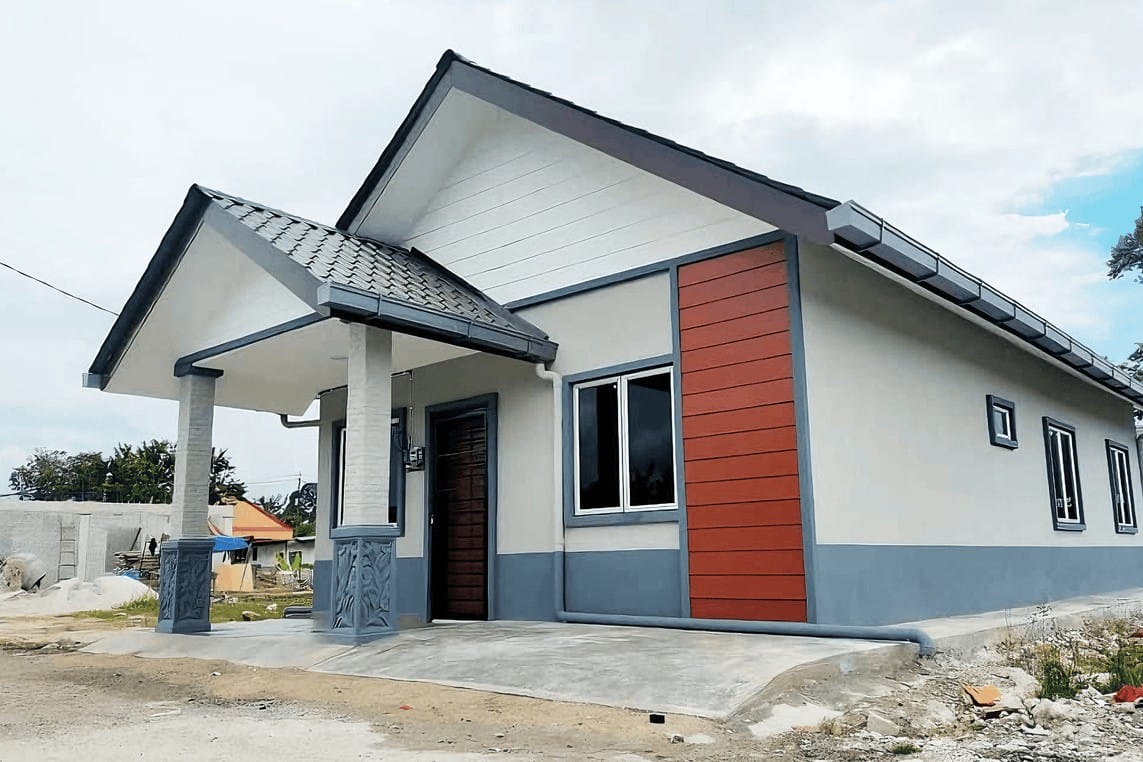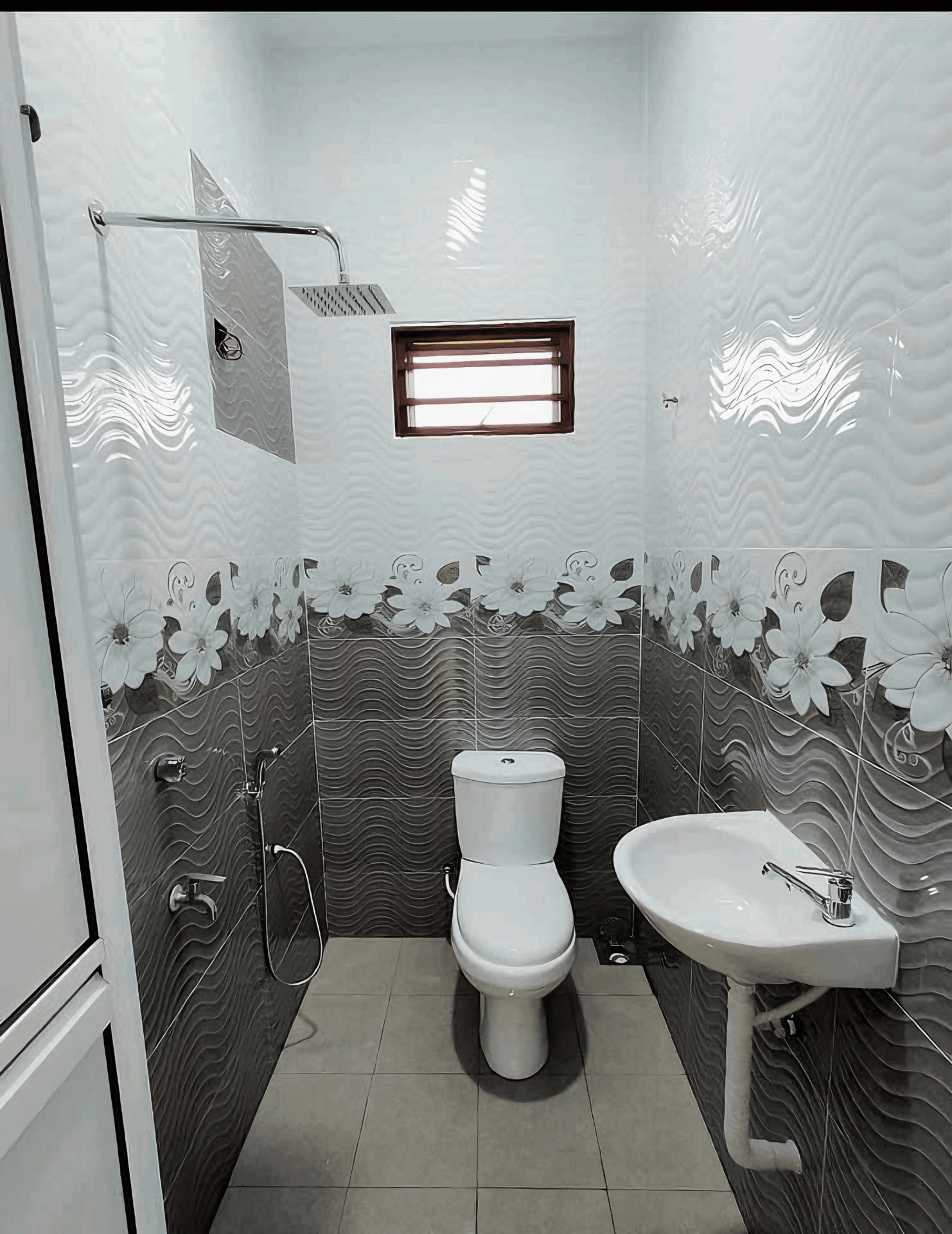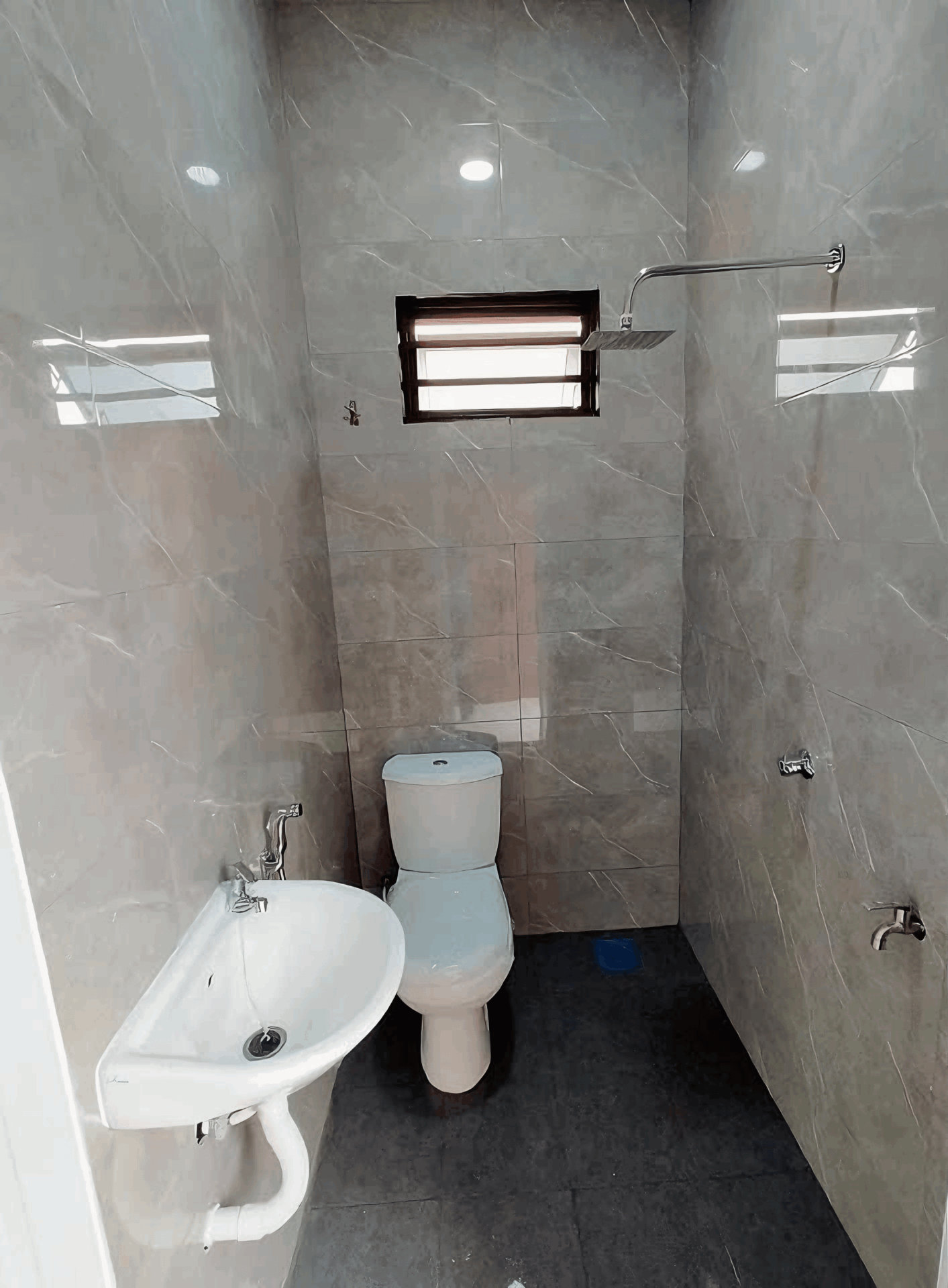When it comes to your home, the foundation is like the invisible superhero holding everything together. Just like how a sturdy tree requires deep roots to withstand storms, your house needs a strong foundation to stand the test of time. But what does it really mean to have a solid base? In Malaysia, where we face everything from tropical rains to fluctuating temperatures, ensuring your home’s foundation is up to par is crucial. In this article, we’ll explore practical tips and easy steps you can take to make sure your home stays safe and sound for generations to come. So, let’s dive in and discover how you can give your home the strong foundation it deserves!
Understanding the Importance of a Solid Foundation
A home is more than just a structure; it’s a sanctuary where memories are built and life unfolds. However, the longevity and safety of this vital space hinge significantly on its foundation. When you think about foundation, it’s easy to overlook it. Yet, it plays a crucial role in ensuring that your home can weather the storms of time, weather, and everyday life without succumbing to structural problems. A solid foundation spreads the load of the building evenly, preventing fissures and deterioration that can lead to costly repairs down the line.
Moreover, the type of soil beneath your home can greatly affect your foundation’s stability. Poor soil conditions, such as clay or overly saturated sand, can lead to shifting and settling that compromises even the most robust of structures. To mitigate these unseen threats, regular soil assessments and adjustments during the building process are critical. Understanding and addressing soil conditions can help ensure your foundation is fortified from the ground up.
To keep your foundation strong, there are a few simple yet effective practices you can implement:
- Regular Inspections: Keep an eye out for cracks or signs of settling.
- Drainage Maintenance: Ensure gutters and downspouts direct water away from the foundation.
- Landscaping Considerations: Avoid planting large trees near the foundation, as their roots can disturb the soil.
By committing to these proactive measures and understanding your foundation’s significance, you not only safeguard your home but also your peace of mind.

Recognizing Early Warning Signs of Foundation Issues
Spotting the early signs of foundation issues in your home is crucial to preventing more extensive damage down the line. Keep an eye out for cracks in the walls and ceilings, especially if they appear suddenly or seem to grow over time. Also, watch for any doors and windows that suddenly stick or won’t close correctly, as this can indicate shifting foundations. Lastly, notice if your floors are uneven or if you can spot any gaps between the flooring and the baseboards.
It’s also worth keeping tabs on your landscaping and drainage. If the soil around your foundation is eroding, or if you notice pools of water forming after heavy rain, it might be time to reassess your drainage system. Poor drainage can lead to water pooling around your foundation, which deteriorates the soil’s stability over time. Ensure your gutters are clean and that they direct water away from your home, promoting a strong foundation.
remember that changes in your home’s structure can hint at foundation problems. Pay close attention to separation between walls and ceilings, or bowed walls that may indicate significant stress. Regular home inspections, ideally once a year, can help catch these signs before they become expensive headaches. Here’s a simple table to summarize key signs to watch for:
| Warning Signs | Description |
|---|---|
| Cracks in Walls | Vertical or horizontal cracks can indicate structural issues. |
| Sticking Doors/Windows | Doors and windows that don’t open or close smoothly may reflect foundation shifts. |
| Uneven Floors | Sloping or bulging floors can signal concrete settlement. |
| Gaps | Spaces between flooring and walls may point to foundation problems. |
| Pools of Water | Water accumulation around the home can worsen foundation stability. |

Conducting Regular Inspections for Damage and Wear
To keep your foundation in top shape, making regular inspections for signs of damage and wear is crucial. Look for any cracks or gaps, both inside and outside your home. These could be early warning signs of underlying issues. Pay close attention to:
- Cracks in walls: Vertical cracks might be normal, but horizontal cracks should raise a red flag.
- Uneven floors: If your floors feel slanted or bouncy, this could mean trouble.
- Door and window performance: Sticking doors or windows that won’t close properly can indicate shifting foundations.
When inspecting, don’t just go by sight. Listen to your home; sometimes, it’ll speak to you! A popping or cracking noise during windy days or movement could signal more serious issues. It’s also smart to keep an eye on the surrounding landscape. Watch for:
- Soil erosion: Poor drainage around your home can lead to foundation problems.
- Tree roots: Large roots can push against foundation walls and disrupt your home’s stability.
- Water pooling: Standing water near your foundation is an invitation for trouble.
If you spot any concerning signs during your inspections, don’t hesitate to seek professional advice. A structural engineer can help assess the damage and provide a clear outline for repairs. Regular maintenance doesn’t have to be overwhelming; following a simple routine can save you from costly repairs down the line. Consider using a checklist for easy monitoring:
| Inspection Item | Frequency |
|---|---|
| Crack Assessment | Every 6 months |
| Drainage Evaluation | Seasonally |
| Ground Stability Check | Annually |

Choosing the Right Materials for Lasting Strength
When it comes to building a foundation that stands the test of time, the choice of materials is crucial. Not all materials offer the same durability, and it’s essential to select those that are not only strong but also well-suited for your specific local conditions. Concrete, for instance, is a popular choice due to its compressive strength and durability. However, you’ll want to make sure it’s mixed correctly, ideally with additives that enhance its resistance to various environmental factors like moisture and temperature fluctuations.
Another key material to consider is steel reinforcement. Adding steel bars or mesh to your concrete can significantly increase its tensile strength, making your foundation more resistant to cracking and shifting. It’s essential to choose high-quality steel that meets local standards. Additionally, think about using waterproofing membranes and drainage solutions to prevent water from seeping into your foundation. This combination will not only enhance strength but also add longevity to your home’s structure.
Lastly, don’t overlook the importance of local materials that are designed to withstand the unique climate of Malaysia. Opting for local aggregates and clay can not only be cost-effective but also ensures that the materials are adapted to handle local weather patterns. Here’s a quick comparison of some materials you might consider:
| Material | Strength | Longevity |
|---|---|---|
| Concrete | High | 50+ years |
| Steel Reinforcement | Very High | 75+ years |
| Local Aggregates | Moderate | 30+ years |

Effective Drainage Solutions to Protect Your Foundation
Water is both a friend and a foe when it comes to your home’s foundation. To ensure your foundation remains stable, implementing effective drainage solutions is crucial. One of the most efficient methods includes the installation of French drains. These systems channel water away from your home’s base, reducing the risk of excess moisture that could lead to cracks and other structural issues. While you’re at it, consider integrating gravel trenches which can further help in dispersing water away from the foundation.
Another key strategy involves the use of gutters and downspouts. Properly maintained gutters direct rainwater away from the roof and the foundation, preventing pooling that can cause erosion or seepage. Make it a regular habit to clean your gutters, especially before the rainy season. You might also want to look into rain barrels, which not only help manage runoff but can also provide water for garden irrigation, making them a fantastic eco-friendly solution.
Surface grading plays a vital role too. Ensure that the land around your home slopes away from the foundation, allowing water to flow away naturally. A simple way to assess this is to check for proper drainage by observing how quickly water moves away after a rainstorm. Here’s a quick overview of key solutions to consider:
| Drainage Solution | Benefits |
|---|---|
| French Drains | Channels water away from foundation |
| Gutters & Downspouts | Prevents roof water from pooling around the foundation |
| Gravel Trenches | Disperses excess water |
| Surface Grading | Promotes natural water flow away from home |
By combining these methods, you can create a comprehensive drainage plan that will not only protect your foundation but also enhance the longevity of your home. Remember, investing a little time and effort into these solutions now can save you considerable trouble and expense down the line.

Mitigating Soil Movement Around Your Home
Soil movement around your home can be a sneaky foe when it comes to maintaining a solid foundation. Whether it’s due to heavy rains or dry spells, shifting soil can create all sorts of headaches. To keep your home standing strong, consider a few effective strategies that can help mitigate this issue. First, ensure proper water drainage around your property. Installing gutters, downspouts, and grading your landscape to direct water away from the foundation can make a world of difference. This way, you lessen the chance of extra moisture soaking into the soil beneath your home.
Secondly, proper landscaping plays a vital role in soil stability. Creating a lush garden with deep-rooted plants can help anchor the soil in place. Here’s a quick list of suitable plants:
- Groundcovers – They spread out and can help prevent erosion.
- Grasses – Their root systems can bind the soil effectively.
- Native shrubs – Adapted to the local climate, they are resilient and contribute to soil health.
Don’t forget about regular inspections as well! Periodically check for cracks in your walls or settling in your foundation. Here’s a short table to help you track any signs of soil movement:
| Signs to Watch For | What It Could Mean |
|---|---|
| Cracks in walls | Possible soil expansion or contraction |
| Uneven floors | Settling foundation issues |
| Doors & windows sticking | Shifting or settling of the house |

The Role of Professional Assessments in Foundation Care
Professional assessments play a crucial role in safeguarding your home’s foundation, ensuring its strength and durability for years to come. These evaluations involve skilled inspectors who utilize their expertise to identify potential issues that may compromise your structure. With their keen eye for detail, they can detect problems such as cracks, moisture intrusion, and soil settlement before they escalate into costly repairs.
When planning an assessment, it’s essential to consider various elements that contribute to a solid foundation. A comprehensive evaluation typically covers:
- Structural integrity – ensuring beams, floors, and walls are all in alignment.
- Soil conditions – evaluating the type and stability of the ground on which your home stands.
- Moisture levels – checking for water intrusion that could weaken your foundation.
By investing in a professional assessment, you not only protect your home from potential problems but also enhance its long-term value. Here’s a quick look at the benefits associated with these evaluations:
| Benefit | Details |
|---|---|
| Early detection | Identify issues before they worsen and become expensive repairs. |
| Informed decisions | Receive expert advice on foundation maintenance and improvement. |
| Peace of mind | Feel secure knowing your home’s foundation is in good condition. |

Implementing Preventive Maintenance Strategies for Longevity
To keep your home’s foundation standing strong through the years, implementing preventive maintenance strategies is key. Start by keeping an eye on signs of trouble, such as cracks in walls or uneven floors. You can easily do this by performing regular visual inspections. Remember, the earlier you spot a problem, the easier (and cheaper) it is to fix! Here’s a quick list to help you stay proactive:
- Check for water pooling
- Inspect drainage systems
- Look for cracks in concrete
- Monitor trees and landscaping
Next, maintain your gutters and downspouts. Clogged gutters can lead to overflowing water, which may erode soil around your foundation. Make sure they’re clean and direct water away from your home. A simple tip? Keep a ladder handy and check them at least twice a year! Here’s a little reminder table for your maintenance schedule:
| Task | Frequency |
|---|---|
| Inspect Gutters | Twice a Year |
| Check for Cracks | Every Season |
| Inspect Drainage | Annually |
| Review Landscaping | Twice Yearly |
Lastly, consider addressing any moisture issues. High humidity can lead to foundation problems, so think about installing a dehumidifier in your basement or crawl space. Furthermore, ensure your landscaping slopes away from the house to help manage water runoff. By following these techniques and staying ahead of potential issues, you’ll not only protect your home’s foundation but also enhance its longevity for years to come.
Future Outlook
ensuring your home’s foundation stands strong for a lifetime isn’t just about using the best materials or getting the right contractors. It’s about understanding the environment, regular maintenance, and being proactive with any issues. Your home isn’t just a structure; it’s a sanctuary for your family, filled with memories and dreams. Take the time to check in on your foundation, know the signs of wear, and don’t hesitate to reach out to experts when needed. A little effort goes a long way in giving you peace of mind, knowing that the place you call home is safe and sturdy. So, let’s keep our homes strong and secure, because a solid foundation really does set the stage for a lifetime of happiness. Happy home-owning, everyone!







